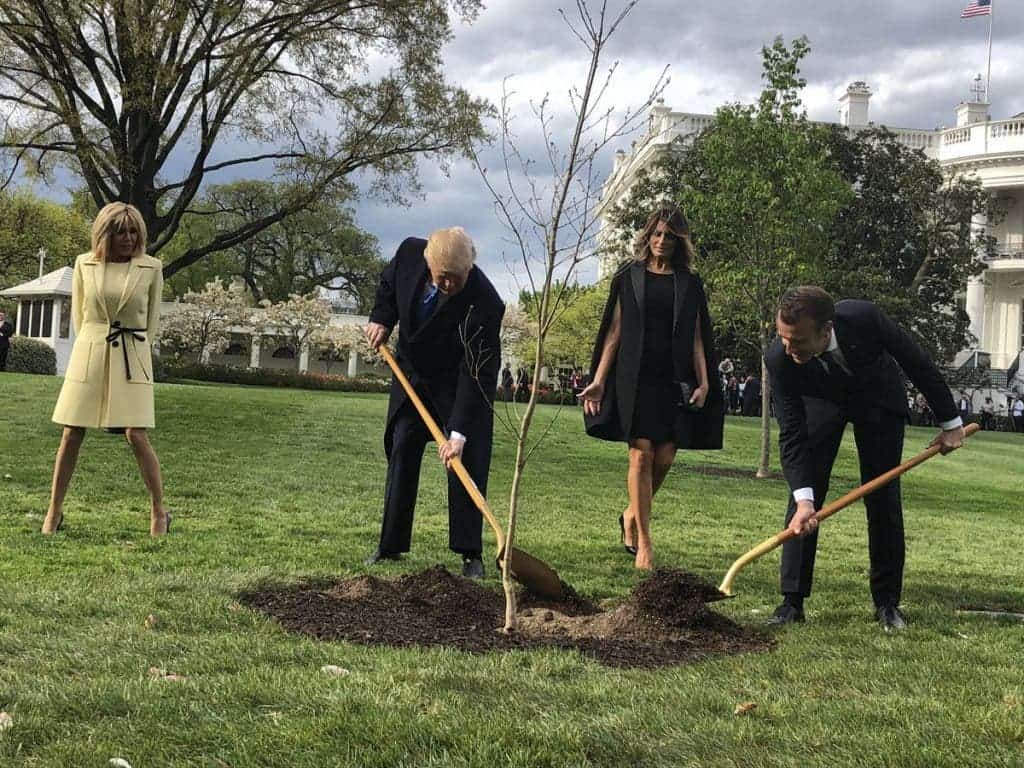While continuously questioning climate action, US President Donald Trump surprised a few at this year’s State of the Union speech by announcing the US would join a global initiative to plant a trillion trees around the world.

The idea is that tree planting is a nature-based solution to climate change since trees and soil can take in and store the heat-trapping CO2 gas from the atmosphere. Nevertheless, the claim that trees alone can fix the issue might not be that accurate.
Restoration ecologist Karen Holl published a commentary with Brazilian professor Pedro Brancalion, endorsing the benefits of trees but questioning the simplistic view of tree-planting as a panacea for environmental degradation. “We can’t plant our way out of climate change,” Holl said.
“Trees are deeply entrenched in the human psyche. It’s very satisfying to go out and put a tree in the ground. It’s a concrete, tangible thing to do,” said Holl. But broad-scale tree planting initiatives must be undertaken carefully and with a commitment to long-term management, if the benefits are to be fully realized, she said.
“Planting trees is not a simple solution. It’s complicated, and we need to be realistic about what we can and cannot achieve. We need to be thoughtful and plan for the long term.”
Planting trees can improve biodiversity, water quality, and provide shade. But depending on where and how it is done, tree planting can also harm native ecosystems and species, reduce water supply, dispossess local landholders, and increase social inequity.
In their commentary, Holl and Brancalion presented a set of principles that should guide forest enhancement initiatives. Such efforts should focus on protecting and maintaining intact forests instead of planting new ones, they should be seen as only one part of the carbon reduction measures that are needed, and they should balance social and ecological goals.
At the same time, tree planting initiatives should work with local stakeholders to resolve conflicting land-use goals and ensure maximum effectiveness over the long term, the authors claimed. Planting trees doesn’t ensure they will survive, as seen in many countries.
To be successful, tree-planting initiatives need to engage local stakeholders and confront conflicting goals for land use. “Much of the land proposed for tree planting is already being used to grow crops, harvest timber, and other subsistence activities, so tree planting initiatives need to consider how landowners will earn income,” said Holl. “Otherwise, activities such as agriculture or logging will just move to other lands”
“The first thing we can do is keep existing forests standing, and the second is to allow trees to regenerate in areas that were formerly forests,” said Holl, who specializes in tropical forest restoration. “In many cases, trees will recover on their own—just look at the entire eastern United States that was deforested 200 years ago. Much of that has come back without actively planting trees.”
The commentary was published in the journal Science









